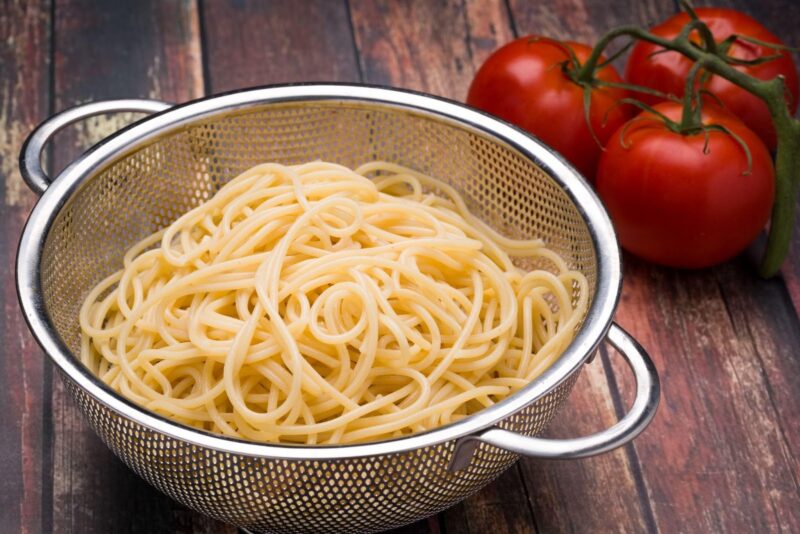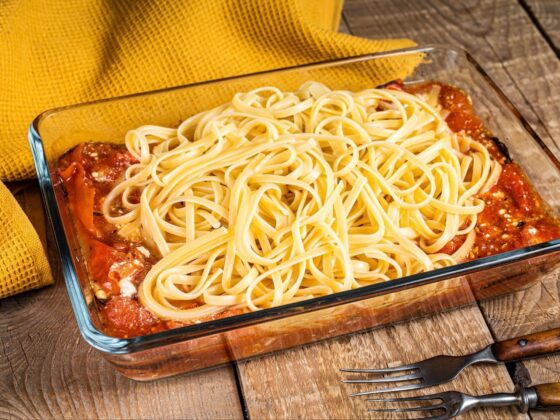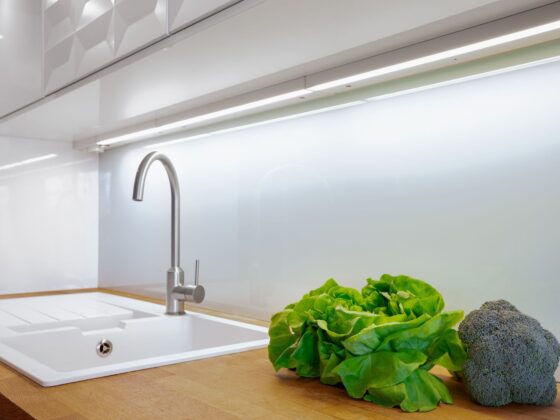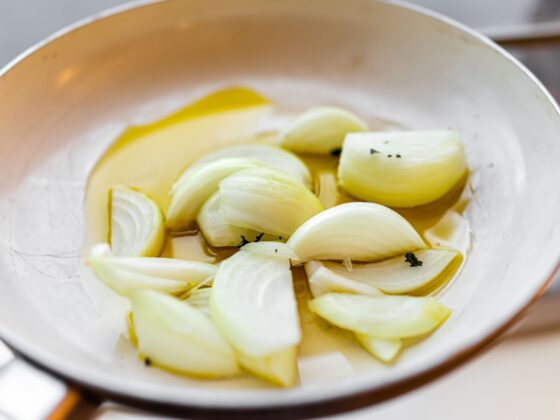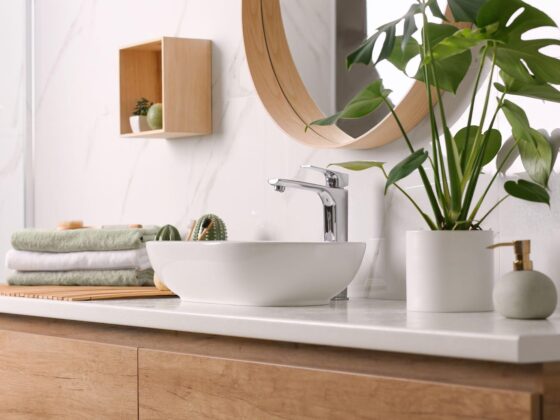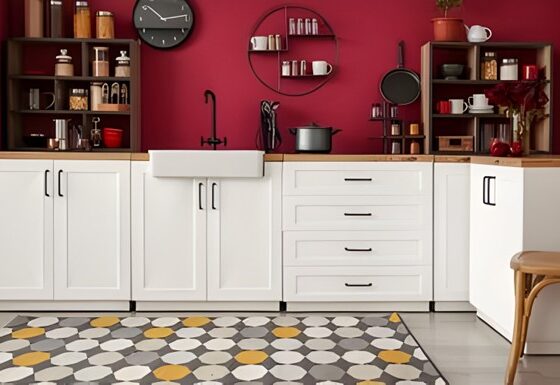You have to decide upon many things when you are in the kitchen. What to use, what to spare, and what to keep as an alternative. Similar is the debate today that we are having. Kitchen colander vs. strainer is the topic of our debate today. Where there are thousands of culinary gadgets available for the kitchen, these two have their importance.
Colander and strainer, both possess unique features and uses. In this blog, we will discuss the core differences, and the uses and let you know some other information related to them. So, let’s dive in!
What is a Colander?
A bowl-shaped flexible tool made of plastic, metal, or ceramic, and having holes in the surface allowing any liquid thing to drain through to retain solids is known as a colander. The base of the colander is usually raised to allow proper drainage. Moreover, these are available in different sizes and hole patterns.
It’s commonly used for draining pasta, washing vegetables, or straining stocks and sauces.
What is a Strainer?
On the other hand, a strainer is a kitchen tool that is used to separate solids from liquids or to sift dry ingredients. A strainer, sometimes called a sieve, comes with very small holes which offer better filtration. This kitchen device usually comes with a long handle giving you the ease to grab it with one hand.
It is a handy device that is designed to remove seeds, pulp, dust powdered sugar, or other solid materials from your dishes.
Colander vs. Strainer: Understanding the Differences
While the functionality of both; the colander and strainer seems to be the same, however, the reality is different. Here are the differences that make a kitchen person choose one for some specific purpose.
| Aspects | Colanders | Strainers |
| Perforations | Larger holes for draining liquids | Finer mesh for separating solids |
| Usage | Draining pasta, washing veggies | Sifting flour, straining purees |
| Capacity | Typically larger for bulkier items | Smaller, suited for delicate tasks |
| Materials | Metal, plastic, silicone | Metal, mesh, cloth |
| Versatility | Limited to draining tasks | Multiple uses, from straining to sifting |
Types of Colanders and Strainers
There exist different types and sizes of colanders and strainers. Each size and type suits different objectives:
Types of Colanders
There are different types of colanders with different designs and sizes. At professional culinary places, you will get to see large, stainless steel colanders, whereas in residential kitchens you will witness smaller colanders.
- Bowl-shaped: These are traditional colanders with handles that give you better stability. Such types are commonly found in our culinary places.
- Over-the-sink: As from the name, this type of colander is designed to fit over the sink for easy draining.
- Collapsible: Enhancing accessibility and storage, people usually buy foldable colanders that occupy less space and can be folded flat when not in use.
Types of Strainers
Here are the types of strainers commonly found in the kitchen:
- Fine mesh sieve: This type of strainer is ideal for removing tiny particles and straining sauces. It gives you clean liquid without any unnecessary things.
- Chinois: Chinois is a type of strainer having an ultra-fine mesh. Such strainers are perfect for making silky-smooth purees.
- Tea strainer: Small, handheld device for steeping loose tea leaves.
Applications of Colanders
Draining Pasta
Colanders are perfect for draining the cooked pasta, ensuring you get the noodles without any other things.
Washing Vegetables and Fruits
Rinsing vegetables and fruits thoroughly is very easy with a colander. It removes the dirt and debris from the eatables and gives you clean and fresh eatables.
Straining Stocks and Sauces
A colander is a handy tool when you need to separate solids from liquids. For instance, if you want to separate the stock from the meat, a colander will come into play.
Rinsing Beans and Legumes
It helps to remove excess starch and impurities when rinsing beans and legumes.
Cooling Boiled Food
Cooling boiled items like potatoes is very easy with colanders. Grab a colander, pour the food in it, and rinse under the cold running water. It will make your food cool.
Applications of Strainers
Sifting Dry Ingredients
For sifting items like flour, cocoa powder, powdered sugar, etc, you must have a strainer. The strainer helps you sift the items and gives smooth and lump-free ingredients as per your requirements.
Removing Seeds and Pulp
Use strainers to strain juices or purees. It removes all the unwanted seeds, pulp, and other solids.
Steeping Tea
The most frequent use of a strainer is to steep loose tea leaves, giving you a flavorful cup of tea without any unwanted substance.
Straining Yogurt or Cheese
A fine mesh strainer comes to help you while straining yogurt or homemade cheese. It removes excess liquid, resulting in a thicker consistency.
Filtering Oil
Use strainers to remove impurities or food particles from the cooking oil. It allows your oil to be reused.
How to Choose Between the Two?
When deciding between a colander and a strainer, consider the following factors:
Determine the Usage
Determine whether you need to drain large items like pasta or sift dry ingredients.
Space
Assess your kitchen space and storage options, especially if you opt for a larger colander.
Frequency of use
If you frequently strain sauces or sift flour, investing in a quality strainer might be beneficial.
Material preference
Choose between metal, plastic, or silicone-based on your preferences for durability and ease of cleaning.
Summary
Having both; a colander and strainer in your culinary space is beneficial. Both serve different purposes and have distinct benefits. Whether you are sifting flour or draining spaghetti, you must have both to complete the job properly. So, the next time you feel bamboozled, consider your needs and make a choice.
